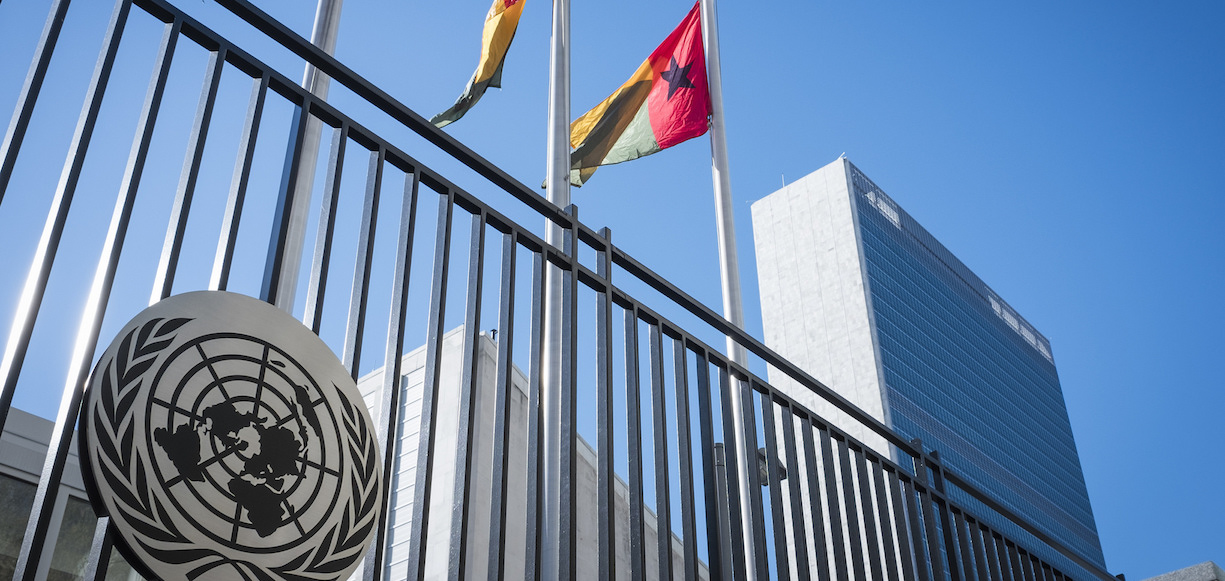An annual review of the Sustainable Development Goals is underway at the United Nation’s high-level political forum in New York — but indigenous leaders attending the summit stressed the need to look beyond the U.N. for an accurate take on the health, environmental and poverty challenges facing some of the world’s most vulnerable people.
“I cannot go home and talk about Goal 1, reducing poverty. The majority of people do not know what it is. What can work is telling them the reality,” Hindou Oumarou Ibrahim, coordinator of the Association for Indigenous Women and Peoples of Chad, told Devex. “I can tell them, ‘We are poor because our environment is shrinking, so what can we do to manage our natural resources better?’” But “most of these [SDG] indicators are not reflecting the realities,” he said.
A lack of disaggregated data makes it difficult to truly track progress in many cases, the leaders said. They are in the early stages of rolling out a new qualitative system, known as the Indigenous Navigator, which will encourage communities to understand their rights and to play an active role in measuring their access to health, education, employment and natural resources.
“We need to speak out. We need to be part of data engagement. We should be the ones measuring how progress is done,” said Joan Carling, co-convener of the Indigenous Peoples Major Group. “If governments are going to be the ones reporting on the progress of indigenous peoples … then we will all hear all the good things that are happening. But it is a complete disconnect with what is happening on the ground.”… To read full article, continue at the article source.
Article Source:



